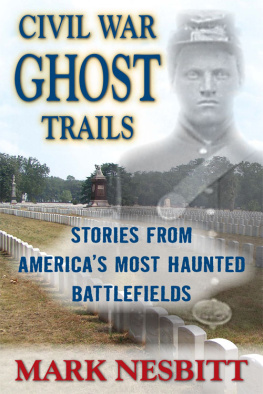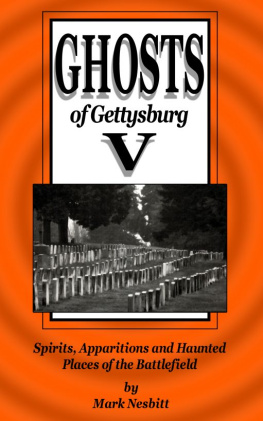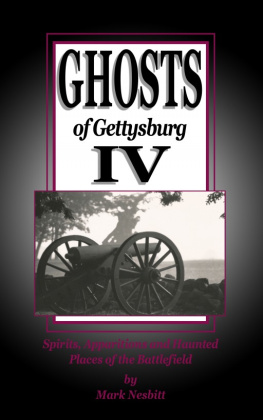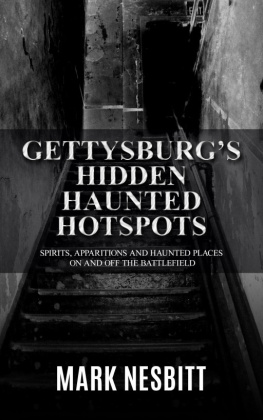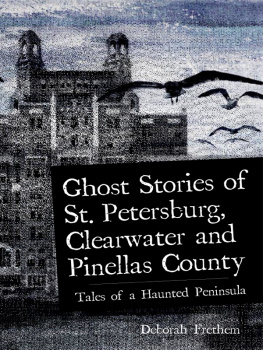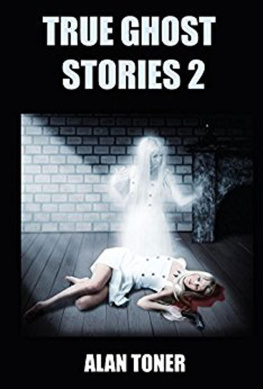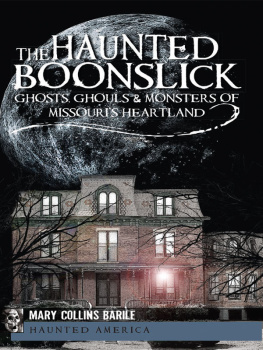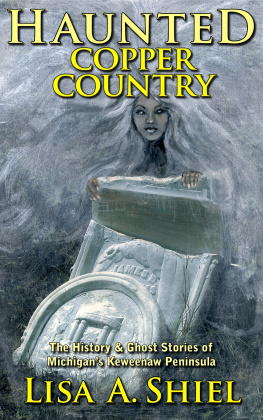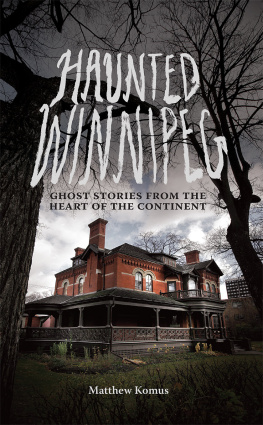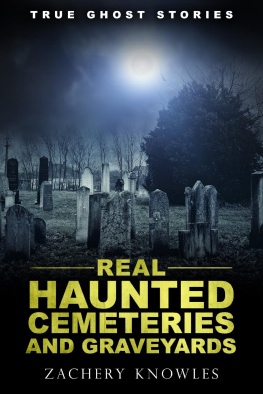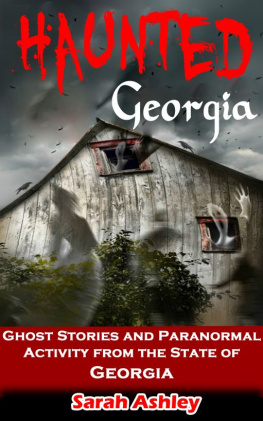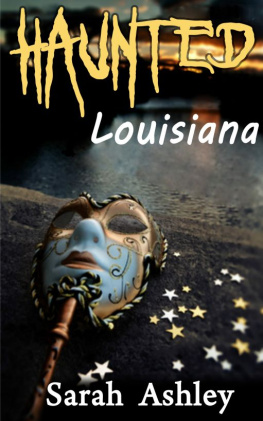Mark Nesbitt - Civil War Ghost Trails: Stories from America’s Most Haunted Battlefields
Here you can read online Mark Nesbitt - Civil War Ghost Trails: Stories from America’s Most Haunted Battlefields full text of the book (entire story) in english for free. Download pdf and epub, get meaning, cover and reviews about this ebook. year: 2012, publisher: Stackpole Books, genre: Science fiction / Religion. Description of the work, (preface) as well as reviews are available. Best literature library LitArk.com created for fans of good reading and offers a wide selection of genres:
Romance novel
Science fiction
Adventure
Detective
Science
History
Home and family
Prose
Art
Politics
Computer
Non-fiction
Religion
Business
Children
Humor
Choose a favorite category and find really read worthwhile books. Enjoy immersion in the world of imagination, feel the emotions of the characters or learn something new for yourself, make an fascinating discovery.
- Book:Civil War Ghost Trails: Stories from America’s Most Haunted Battlefields
- Author:
- Publisher:Stackpole Books
- Genre:
- Year:2012
- Rating:3 / 5
- Favourites:Add to favourites
- Your mark:
- 60
- 1
- 2
- 3
- 4
- 5
Civil War Ghost Trails: Stories from America’s Most Haunted Battlefields: summary, description and annotation
We offer to read an annotation, description, summary or preface (depends on what the author of the book "Civil War Ghost Trails: Stories from America’s Most Haunted Battlefields" wrote himself). If you haven't found the necessary information about the book — write in the comments, we will try to find it.
Mark Nesbitt: author's other books
Who wrote Civil War Ghost Trails: Stories from America’s Most Haunted Battlefields? Find out the surname, the name of the author of the book and a list of all author's works by series.
Civil War Ghost Trails: Stories from America’s Most Haunted Battlefields — read online for free the complete book (whole text) full work
Below is the text of the book, divided by pages. System saving the place of the last page read, allows you to conveniently read the book "Civil War Ghost Trails: Stories from America’s Most Haunted Battlefields" online for free, without having to search again every time where you left off. Put a bookmark, and you can go to the page where you finished reading at any time.
Font size:
Interval:
Bookmark:

Stories from
Americas Most
Haunted Battlefields
MARK NESBITT
STACKPOLE
BOOKS
Copyright 2012 by Mark Nesbitt
Published by
STACKPOLE BOOKS
5067 Ritter Road
Mechanicsburg, PA 17055
www.stackpolebooks.com
All rights reserved, including the right to reproduce this book or portions thereof in any form or by any means, electronic or mechanical, including photocopying, recording, or by any information storage and retrieval system, without permission in writing from the publisher. All inquiries should be addressed to Stackpole Books.
Printed in the United States of America
10 9 8 7 6 5 4 3 2 1
FIRST EDITION
Cover design by Caroline Stover
Library of Congress Cataloging-in-Publication Data
Nesbitt, Mark.
Civil War ghost trails : stories from Americas most haunted battlefields / Mark Nesbitt. 1st ed.
p. cm.
Includes bibliographical references (p. ) and index.
ISBN 978-0-8117-1061-9 (pbk.)
1. GhostsUnited States. 2. United StatesHistoryCivil War, 18611865BattlefieldsMiscellanea. 3. Historic sitesUnited States Miscellanea. I. Title.
BF1472.U6N46 2012
133.122dc23
2012006395
eBook ISBN: 978-0-8117-4858-2


E lectronic Voice Phenomena, also known as EVP, is one of the more interesting aspects of investigating the paranormal. EVP is thought by many to be the voices of the dead recorded on audio devices. In the past, writing a book and including examples of EVP has been problematic: Without including some kind of storage devicea tape or a compact dischow does the reader get to examine EVP?
The now-ubiquitous presence of the personal computer and the Internet has solved this problem. This book has been written with the realization that most will be reading it within arms length of a device with access to the Internet.
Examples of EVP gathered at the Civil War sites are mentioned in many of the chapters, along with my subjective interpretation of what is being recorded. The reader may access these recordings by going to .
The recordings are listed under the name of the historic site where they were gathered.

When all those legs and arms and heads, chopped off in battle, shall join together at the latter day and cry all We died at such a place; some swearing, some crying for a surgeon, some upon their wives left poor behind them, some upon the debts they owe, some upon their children rawly left. I am afeared there are few die well that die in battle.
King Henry V,4.1
W hat is a ghost? By the age-old definition, a ghost is a disembodied soul that after the life of its body is over goes on to live an existence apart from the visible world. That particular definition says a lot: That we are more than just physical, flesh-and-blood bodies, that we also contain an intangible soul; that after the death of the physical body, the soul lives on and may be immortal; that it lives on in a place invisible to us, another world, another plane, another dimension, that may exist alongside the one in which we exist.
A more sinister twist is found in the famous ghost hunter Hans Holzers definition: Ghosts are the surviving mental faculties of people who died traumatically. So, according to Holzers studies, if you want to come back as a ghost, its going to hurt.
But it is Holzers definition that would seem to apply to just about every soldier who died in the American Civil War, whether by bullet or shell, or slow, painful, wasting disease. And it may at least partially explain why the battlefields of the Civil War are such fertile ground for hauntings.
Why would ghosts be associated with the Civil War? Like most wars, the Civil War began with nave expectations of a quick victoryon both sides. Men enlisted for ninety days and prayed that the war wouldnt end before their enlistment. Parties and celebrations sent young men off to glorious war, and girlfriends could not really be serious when they told their beaux to bring home their uniforms without any holes in them.
Tragically, after four years, more than 620,000 of those young men would never come home. Half of that number would die wasted from disease. Hundreds of thousands more would return missing a limb. These figures, however, are slightly misleading. America in the nineteenth century had less than one-tenth the population it does today. So we need to multiply those figures by ten to get the same impact they would have today. Imagine if, in just four years of war today, America lost more than 6 million young men and millions more came home missing an arm or leg or both. The outcry would be overwhelming.
Analyzing just a few of the major battles gives insight into how horrifying the fighting really was. At Gettysburg, for example, while the battle lasted three days and cost 51,000 casualties, the actual fighting only consumed about twenty-four hours. Simple division tells us that in that time, 2,125 men were struck by hot lead or jagged iron every hour. That divides down to 35 men struck per minute. This means that every two seconds a man was being struck by a projectile.
Near Fredericksburg, Virginia, four of the Civil Wars bloodiest battles consumed 100,000 casualties. In December 1862, the town itself was the scene of savage street fighting; a dozen Federal assaults upon Maryes Heights made the grass slippery with blood. Four thousand men fell in one hour in those charges.
Many of the casualties from Chancellorsville in 1863 and the Wilderness and Spotsylvania in 1864 were brought back to Fredericksburg, again filling the same churches, public buildings, and homes with wounded and dying as during the first combat there. If the Wilderness and Spotsylvania were counted as one battle (and they logically could since there was only one day of maneuvering between them), the 60,000 casualties would make it the bloodiest battle in all of American history.
The dubious distinction of being the bloodiest single day falls to the Battle of Antietam (or Sharpsburg) in Maryland. Some 23,000 men were killed, wounded, or missing in the hours between the sunrise and sunset of September 17, 1862.
The Western Theater of the war produced as much agony as the Eastern Theater. Chickamauga, in Georgia, became the second-bloodiest battle of the war. During the siege of Vicksburg, Mississippi, civilians resorted to living in caves to avoid the Union cannon fire. Shermans March to the Sea across Georgia brought the war to the doorsteps of the Southern civilian population; when Sherman turned north, his march across South Carolina was even worse.
The last year of the war brought horror upon horror while prison pens, like Johnsons Island in Ohio, Point Lookout in Maryland, Elmira in New York, and Andersonville in Georgia filled to overflowing with malnourished, sick, and poorly dressed prisoners who were forced, in some cases, to provide their own shelter from the elements.
The explosion of raw human emotions as men were shot, bayoneted, clubbed to death, or liquefied in the burst of an artillery shell (which may account for those listed as missing) may not be the only reason our Civil War battlefields remain haunted. Many of the fields themselves have been preserved as national parks, and the houses, farms, and barns where the wounded suffered and shuffled off this mortal coil are still in existence. Many of the towns have kept and restored the Civil Warera buildings that once saw horrors beyond belief. Of the 400 buildings in 1863 Gettysburg, 200 remain; Fredericksburg retains 350 of its original 500 Civil Warera structures.
Next pageFont size:
Interval:
Bookmark:
Similar books «Civil War Ghost Trails: Stories from America’s Most Haunted Battlefields»
Look at similar books to Civil War Ghost Trails: Stories from America’s Most Haunted Battlefields. We have selected literature similar in name and meaning in the hope of providing readers with more options to find new, interesting, not yet read works.
Discussion, reviews of the book Civil War Ghost Trails: Stories from America’s Most Haunted Battlefields and just readers' own opinions. Leave your comments, write what you think about the work, its meaning or the main characters. Specify what exactly you liked and what you didn't like, and why you think so.

